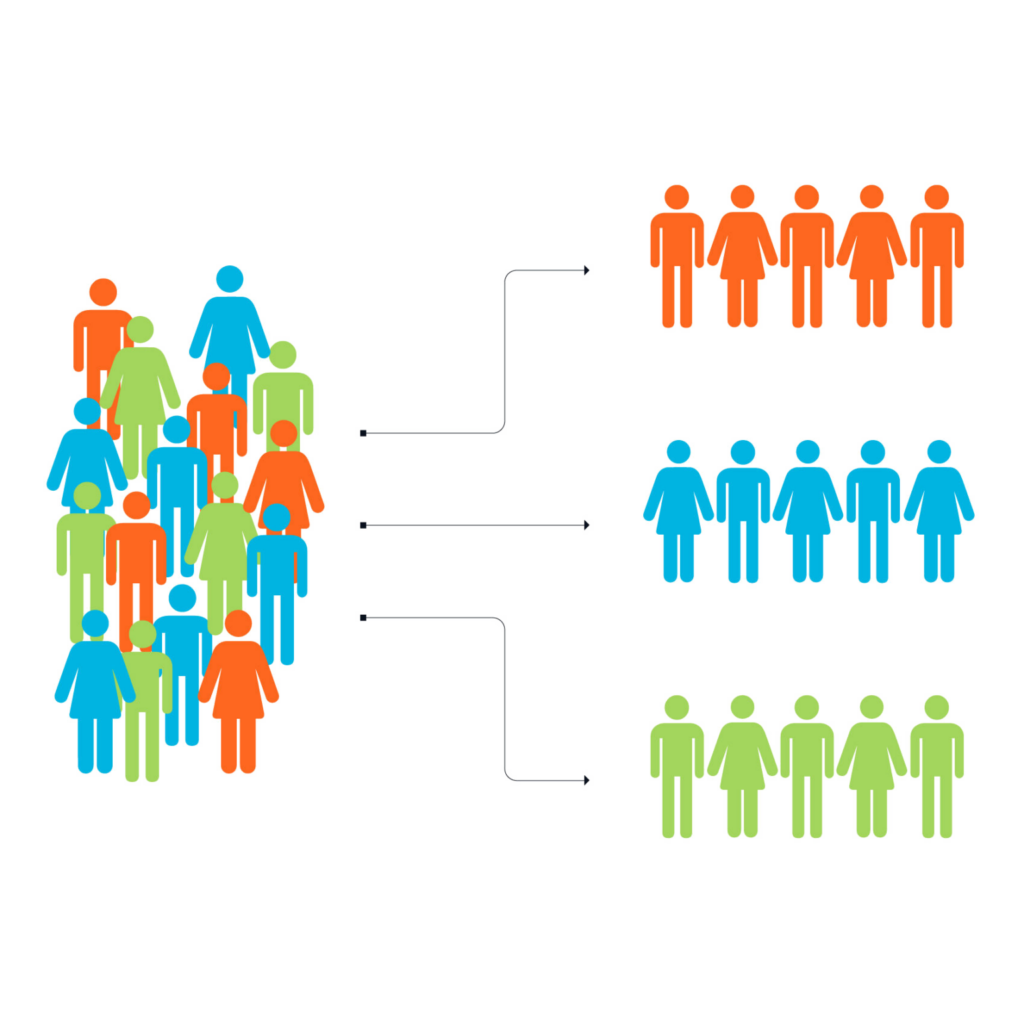Audience Segmentation
Audience segmentation is a powerful technique used by marketers to target specific groups within a broader audience, tailoring messages for maximum relevance and engagement. By identifying distinct groups based on demographics, psychographics, behaviors, and needs, brands can craft personalized content that resonates deeply with each segment, driving higher conversion rates and enhancing customer loyalty.
How Audience Segmentation Enhances Your Inbound Marketing Efforts
Audience segmentation allows businesses to create hyper-relevant content for each segment, improving the user experience and fostering stronger connections with potential customers. This process directly benefits inbound marketing efforts by:
- Boosting Engagement Rates: People are more likely to engage with content that feels personalized to their needs. By delivering targeted messages, you increase the likelihood of capturing attention.
“People are conditioned to expect personalized content based on data. The moment your outreach falls flat is when audiences tune out,” says Joy Yule, content consultant and founder of Hire A Writer. - Improving Lead Quality: When you segment your audience, you can tailor calls-to-action to meet the specific needs of each group. This results in higher-quality leads because they are receiving content that speaks to their unique challenges.
- Nurturing Relationships Through Personalized Communication: Segmentation makes it easier to nurture leads over time, sending relevant content to different customer journey stages. This ensures that customers feel understood and valued, building trust.
- Optimizing Resource Allocation: By knowing which segments are most valuable, businesses can allocate marketing budgets and efforts more efficiently, improving ROI on campaigns.
Popular Audience Segmentation Tools
To make audience segmentation as seamless and effective as possible, you need the right tools. Below are some top audience segmentation tools that can help you break down your audience and automate your marketing processes:
- Google Analytics: One of the most powerful free tools available, Google Analytics helps you identify key audience demographics, user behavior, and referral traffic sources.
- HubSpot: A full-featured CRM tool with built-in audience segmentation capabilities, allowing you to create highly personalized workflows.
- Mailchimp: Known for its email marketing capabilities, Mailchimp offers robust segmentation features that help you create targeted email campaigns based on user behavior and preferences.
“HubSpot’s robust CRM integration helps brands target segments with precision, increasing campaign effectiveness,” says Neil Patel in his guide to inbound marketing. - SEMrush: While traditionally an SEO tool, SEMrush has added audience insights that allow you to identify and target key market segments.
Types of Audience Segmentation
There are several ways to segment your audience. The four most common types include:
- Demographic Segmentation: Grouping people based on factors like age, gender, income, and education.
- Psychographic Segmentation: Focusing on lifestyle, values, interests, and personality traits.
- Behavioral Segmentation: Segmenting users based on their actions, such as purchase history, product usage, or interactions with your content.
- Geographic Segmentation: Targeting audiences based on their location, from global regions to local communities.

How Many Segments Should You Have?
It can be tempting to create an endless number of segments, but most experts recommend sticking to six or fewer. Keeping your segments manageable ensures that you can create personalized content without spreading your resources too thin.
“You don’t want more than six segments for any company. Going deeper with your segments will work, but it’s about finding the balance that works for your business,” advises Joy Yule.
Enhance Your Inbound Marketing with Segmentation
Audience segmentation is essential for any brand looking to boost engagement and conversion rates. By delivering personalized content to specific groups, your inbound marketing efforts can have a far greater impact.